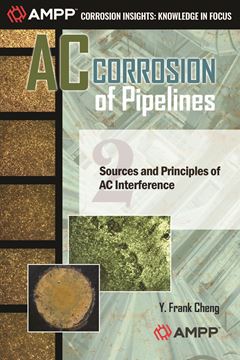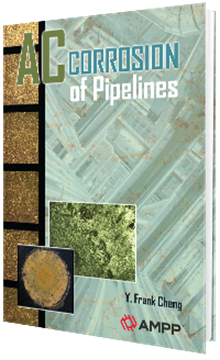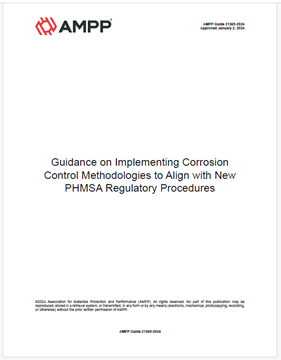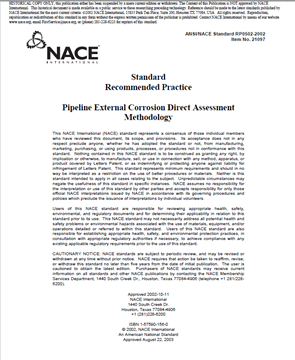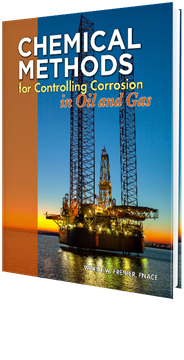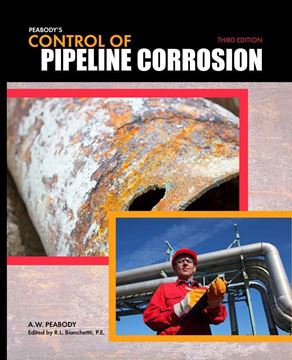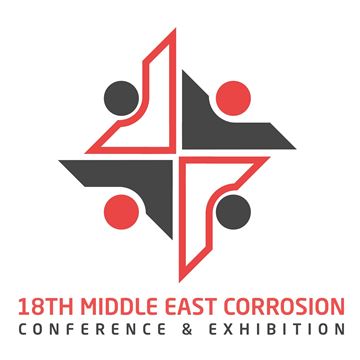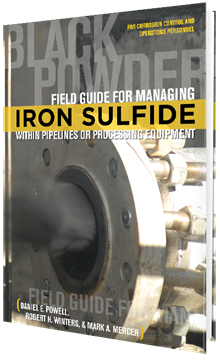Products tagged with 'pipelines'
AC Corrosion of Pipelines-Chapter 2: Sources and Principles of AC Interfernce
AC Corrosion of Pipelines--POD
AMPP Guide 21569-2024, Guidance on Implementing Corrosion Control Methodologies to Align with New PHMSA Regulatory Procedures
ANSI/NACE RP0502-2002 Pipeline External Corrosion Direct Assessment Methodology
Assessing Susceptibility of Insulation Materials to IGSCC under Hot and Wet Conditions: A Novel Test Method
Chemical Methods for Controlling Corrosion in Oil and Gas Activities (E-book)
Control of Pipeline Corrosion - Third Edition
Corrosion Management Improvements in Liquids-Rich Shale Play - Pipeline Internal Corrosion Mitigation Case Studies
Development Of A New Top-Of-Line Corrosion Model For Sweet Wet Gas Pipelines
Digital Twin as a Tool for Extending In-Line Inspection Intervals
Effect of Temperature on Iron Sulfide Formation and Transformation on Steel Surface
Field Guide for Managing Iron Sulfide (Black Powder) within Pipelines or Processing Equipment”
This is a print-on-demand (POD) book that will be produced just for you in 2-5 days after your order. It should arrive at your door in about one to two weeks. However, due to supply chain and logistic challenges currently affecting the industry, it may take longer. Allow three weeks for international orders.
The Field Guide for Managing Iron Sulfide (Black Powder) within Pipelines or Processing Equipment offers practical guidance for corrosion control and operations personnel in managing black powder within their pipeline systems or processing equipment.
This book was written for new corrosion control professionals and operations personnel, who are based at production facilities. It provides straightforward, practical guidance regarding what is “black powder,” and why it may be a concern, field tests to be conducted, follow-up laboratory test that could be ordered, and an approach for using maintenance pigging, coupled with chemical treatments, to remove accumulations of “black powder.”
It begins with a discussion of what is black powder and identifies health and safety considerations associated with H2S and the presence of black powder, identifying why there may be a concern.
The Field Guide presents field and laboratory tests typically used to identify the presence of iron sulfide, and then discusses maintenance pigging and/or chemical treatments for removing such particulates. Several case studies are also presented.
2019 NACE, 6 x 9" trim size, color, perfect bound, 264 pages
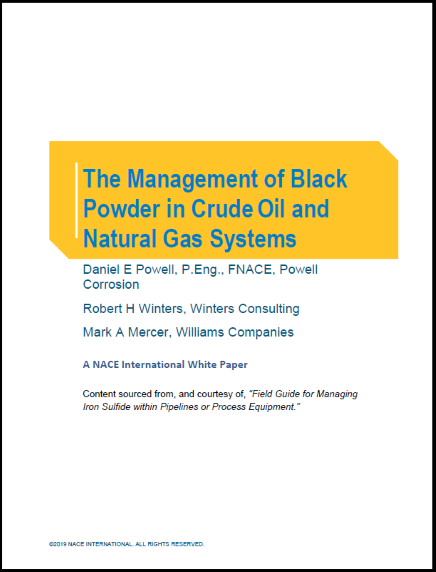
Download the free white paper summary of this title to see specific areas of focus and discussion

